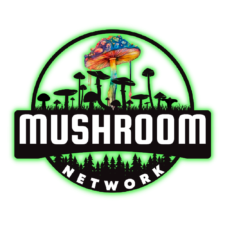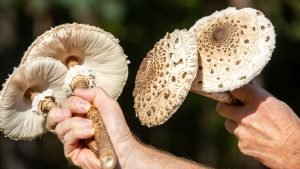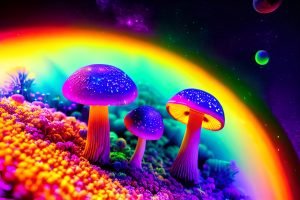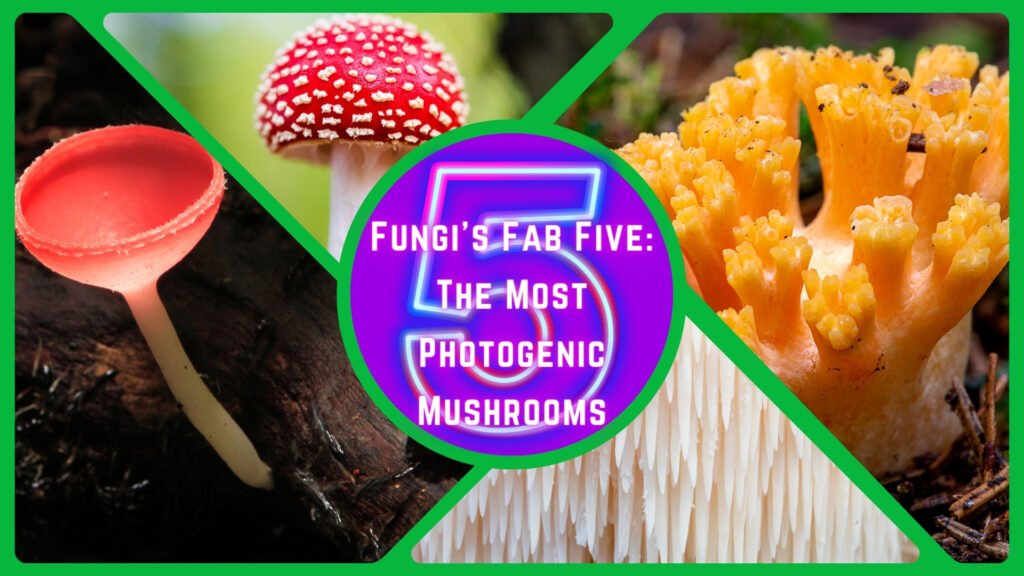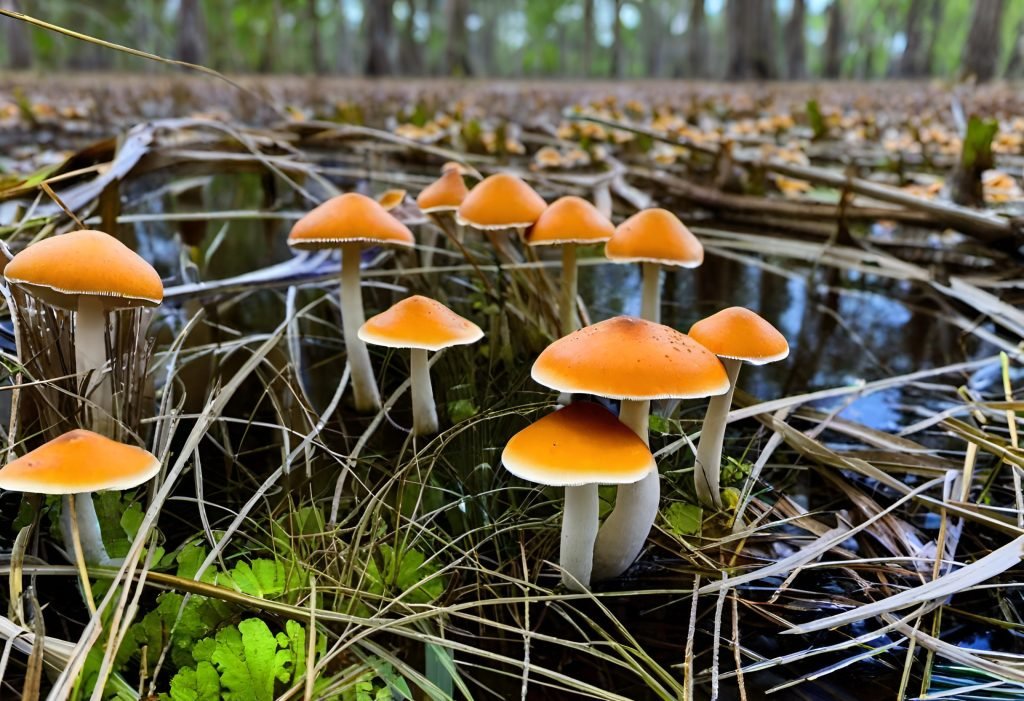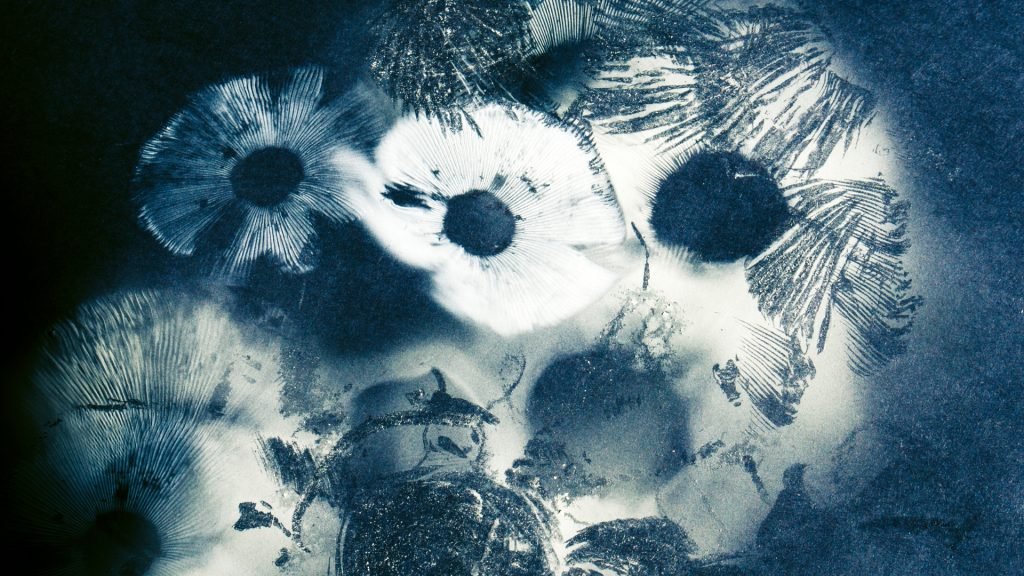Mycological research is underpinned by the foundational role of agar media in fungal culture. Offering nutrients in a gelatinous matrix, different agar formulations cater to the specific requirements of diverse fungal species. This article delves into some popular and specialized agar types and their applications in the ever-expanding realm of mycology.
Deeper Insight:
Cultivating fungi on agar has long been a standard practice in mycological studies. This gelatinous substance is derived from red algae and serves as an excellent medium for fungal growth when combined with nutrients. From cloning wild mushroom specimens to isolating pure strains for medicinal research, the choice of agar can significantly influence the outcome.

Light Malt Extract (LME) Agar:
LME agar, a gold standard in the world of mycology, consists mainly of light malt extract, agar, and water. Malt, derived from germinated grains, provides essential nutrients for many fungal species. LME agar’s popularity can be attributed to its general-purpose nature, supporting the growth of a vast array of fungi.
Its versatility makes it a favorite among amateur and professional mycologists. For fungi like Ganoderma Lucidum (Reishi), LME offers an environment that mimics its natural habitat, enabling robust mycelial growth.
Beyond its general use, LME can be modified by adding additional nutrients or adjusting its pH, catering to specific fungal needs.

Potato Dextrose Agar (PDA):
ooted in the simplicity of potatoes and dextrose, PDA is another general-purpose medium frequently used in mycology. The potatoes serve as a source of nutrients, while dextrose acts as a carbohydrate source. This combination creates an environment conducive for many fungi, especially molds and yeasts.
Cordyceps Militaris (Caterpillar Fungus), a medicinal marvel, finds PDA to be an agreeable medium, promoting vibrant growth and facilitating the study of its unique life cycle and pharmacological properties.
Like LME, PDA’s formulation can be fine-tuned by adding supplements or tweaking its base components to align with specific research goals.
The universe of mushrooms is expansive, each variant bearing its own unique charm and characteristics. The Marketplace on the 🍄 Mushroom Network is a testament to this diversity. It is a haven for those seeking a deeper understanding of the magical world of mushrooms. If you’re keen on learning more about this type of mushroom and other mushroom variants, this Marketplace is your ultimate resource.
No posts found!
Specialized Agar Formulations:
While LME and PDA serve as broad-spectrum media, certain fungi demand more specialized agar types for optimal growth. For instance, some formulations may incorporate antibiotics to fend off bacterial contaminants, while others might contain specific compounds to induce or suppress particular fungal traits.
One such example is the Sabouraud Dextrose Agar, preferred for pathogenic fungi due to its low pH. There’s also the Wood-Based Agar, tailored for wood-decomposing fungi, simulating their natural substrate.
Such specialized agars are paramount in advanced mycological studies, allowing researchers to delve into niche areas like fungal pathogenicity, secondary metabolite production, or spore germination dynamics.
Not sure where to start? The 🍄 Mushroom Academy offers a wide range of courses tailored to your needs. Whether you’re a beginner eager to learn or an experienced mycologist looking to broaden your knowledge, the 🍄 Academy has something for everyone.

Mycelium Matrix Musings:
Navigating the sea of agar varieties can seem daunting, but it is this diversity that allows mycologists to customize their research endeavors. By understanding the nutritional and environmental needs of a fungal species, the appropriate agar can be selected, fostering healthy and productive cultures. As the field of mycology continues to burgeon, the evolution of agar formulations remains pivotal in fueling new discoveries and insights.
Don’t forget to check out the 🍄 Mushroom Network’s Marketplace to see what’s available. But hurry, our shelves are constantly evolving, and you wouldn’t want to miss out on this wonderful mushroom. Join our growing network of Patrons, Genetics, and Mycologist Vendors only on the 🍄 Mushroom Network!
Recommended Reads:
Giants Among Us: The Majestic Parasol Mushroom
About This Article: Step into the forest where giants roam, not above but beneath the...
Read More...The Art of Fungi: Inspiring Mushroom Imagery Throughout History
For as long as humans have been able to express themselves artistically, mushrooms have woven...
Read More...Pasta With Chicken and Mushrooms
Introduction: Embark on a culinary journey with this Pasta with Chicken and Mushrooms dish, where...
Read More...Glowing in the Dark: The Science Behind Bioluminescent Mushrooms
In the vast tapestry of nature’s wonders, few sights are as magical as forests lit...
Read More...Whoa there, Spore Sport! 🍄 Looks like you’re not logged in yet. Don’t you know what you’re missing? MYCO-CREDITS! Imagine all the fungal fun you could have. It’s like finding a Morel in May and not picking it. Tragic, right? Log In or Become a Myco-Patron and start racking up those credits. It’s more rewarding than finding a mushroom in your backyard! 🌟🏡
